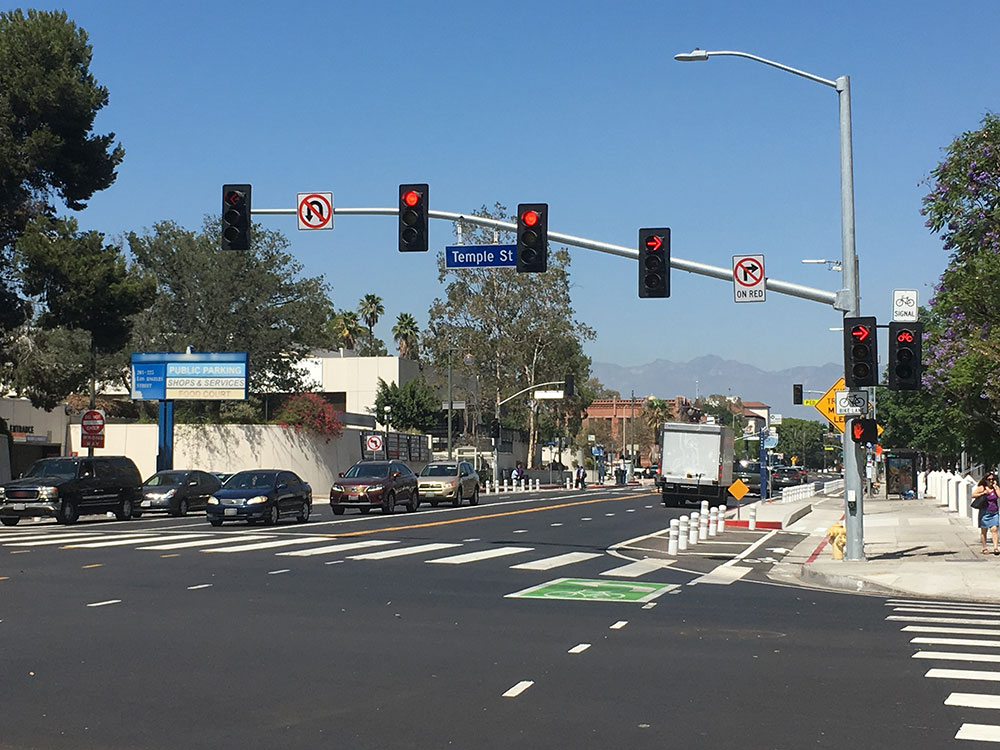April 19, 2018
Innovation of the Month:
Automated Traffic Signal Performance Measures
Using automated traffic signal performance measures (ATSPMs) to actively monitor signalized intersections helps agencies address traffic problems before they become customer complaints.
The Colorado Department of Transportation (CDOT) implemented ATSPMs on about 50 traffic signals on six arterial corridors in the Denver area. CDOT is updating infrastructure at 100 additional signal locations to collect and analyze high-resolution data logs from signal controllers and generate reports to evaluate the benefits. CDOT reports improvement in response times and cost savings by proactively addressing signal operation and maintenance issues. Complaints from the public on signals in optimized corridors decreased by as much as 30 percent.
The Virginia Department of Transportation (VDOT) is demonstrating ATSPMs at about 25 intersections in the agency’s Northwest Region. VDOT is tracking performance metrics at the intersections such as traffic volume counts and platoon progression, in which a platoon of vehicles leaving one intersection arrives at the next while the traffic light is green. VDOT set up the performance metrics using free ATSPM software developed by the Utah Department of Transportation.
Download ATSPM software at the Federal Highway Administration’s Open Source Application Development portal.
See presentations from a Purdue University workshop for background and technical information on ATSPMs.

Hands-On Training Centers Dedicated to Highway First Responders
Partnering with the State Patrol, the Colorado and Pennsylvania Departments of Transportation recently launched realistic and full-scale training centers for first responders. Replicating a concrete interstate and other highway segments, the centers enable first responders to practice tactics and strategies that improve safety and minimize their exposure to traffic hazards when responding to traffic incidents. The National Traffic Incident Management (TIM) Responder Training Program trains police, fire, emergency medical service, towing, and transportation personnel how to work together, operate safely, and quickly clear the roadway. Building a specialized facility that enables practical TIM training extends the classroom product and further advances the state of the practice through real-life exercises and enhanced collaboration. For more information, contact Paul Jodoin of FHWA.
Ohio Evaluates Project Inspection Tool
The Ohio Department of Transportation (ODOT) used State Transportation Innovation Council Incentive funds to evaluate the use of portable devices and a software tool to conduct erosion and sediment control inspections. ODOT used an off-the-shelf software tool on five pilot projects during the 2016 and 2017 construction seasons that enabled inspectors to record findings and automatically generate a comprehensive inspection report. ODOT reports that the pilot project results showed improvement in the quality of erosion and sediment control implementation and increased efficiency in data collection for environmental permit compliance. For example, the software required regular photo documentation at project sites, which allowed ODOT to check inspectors’ performance and notify contractors early if an installation did not meet ODOT standards. For information, contact Andy Thompson of the FHWA Ohio Division.


